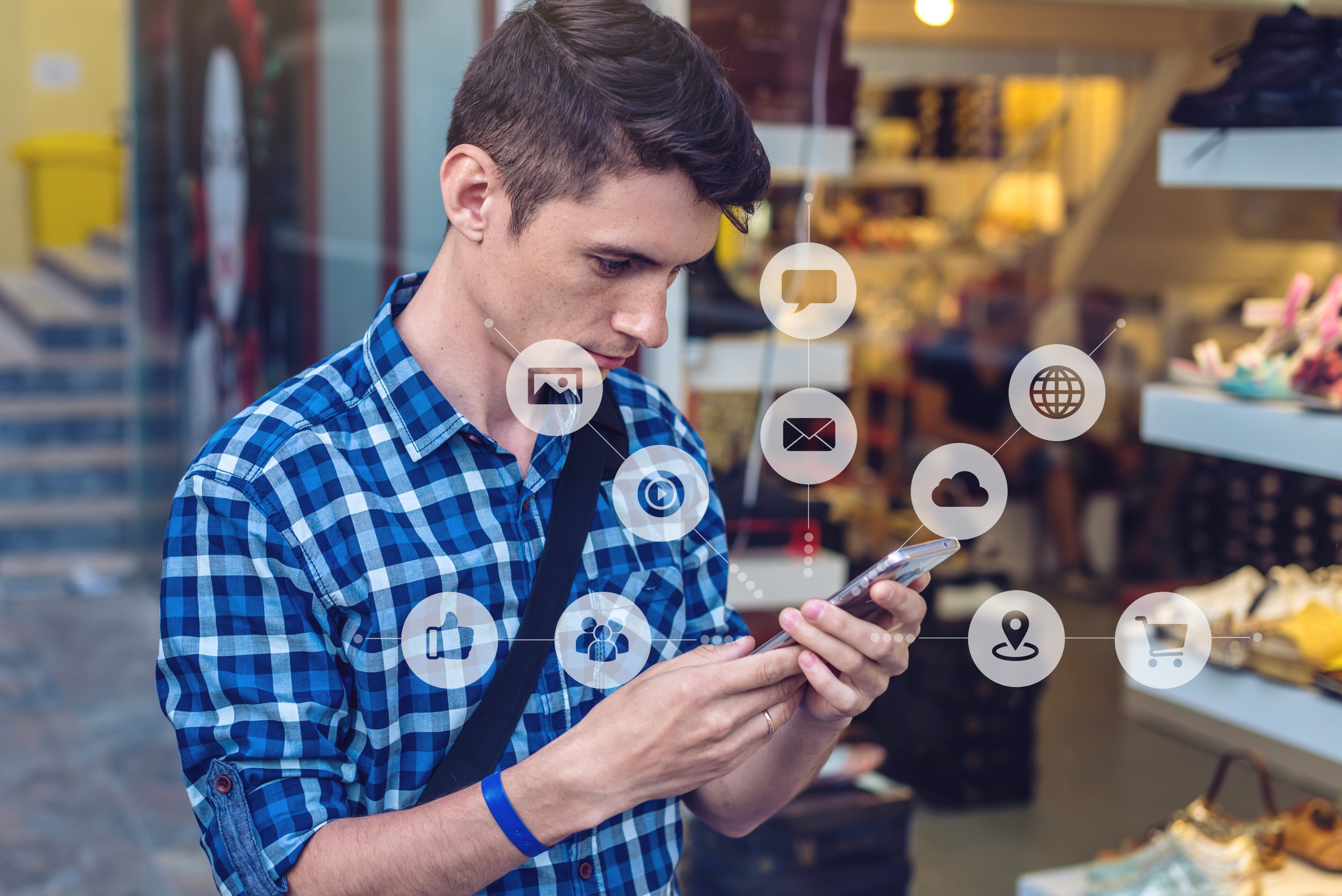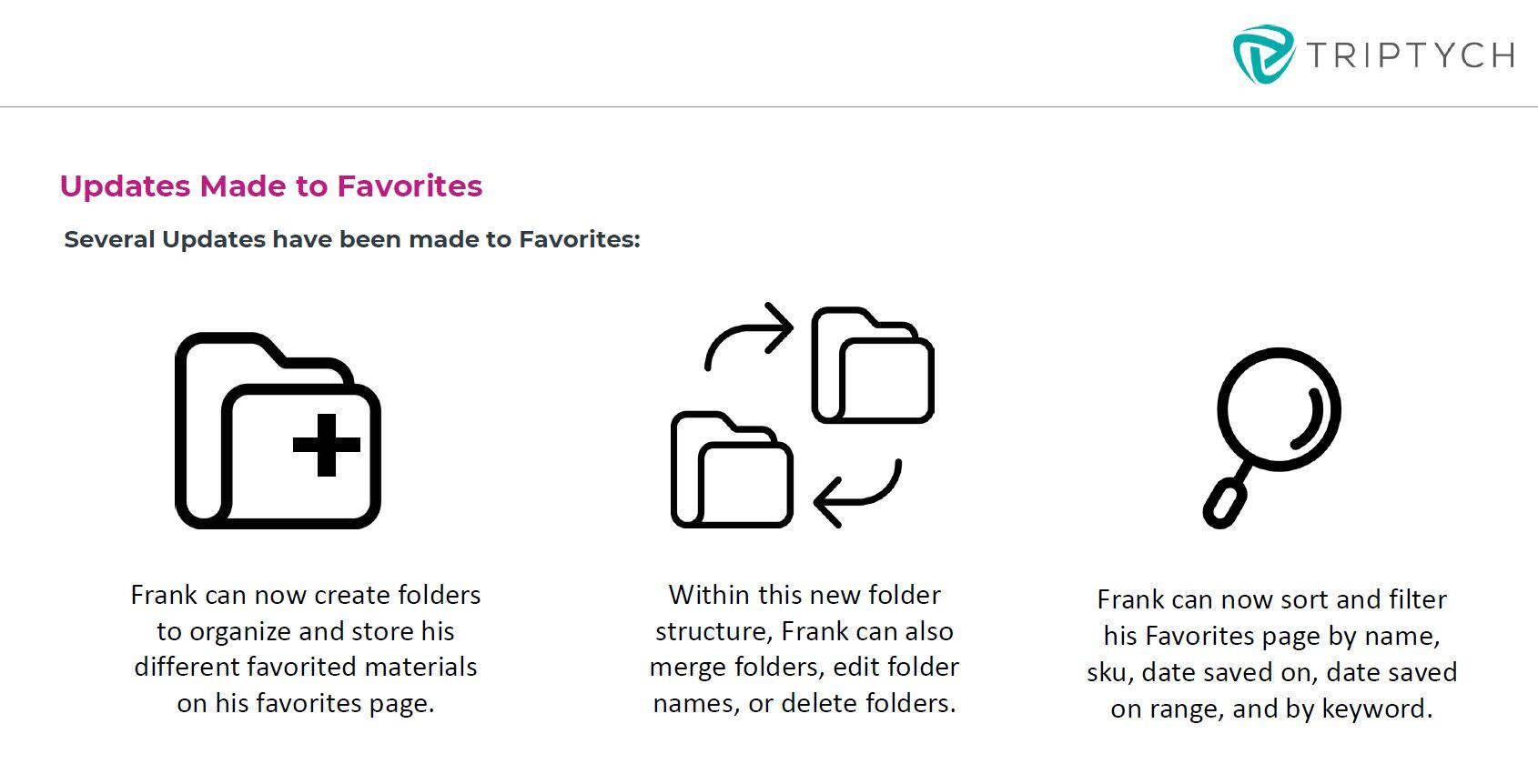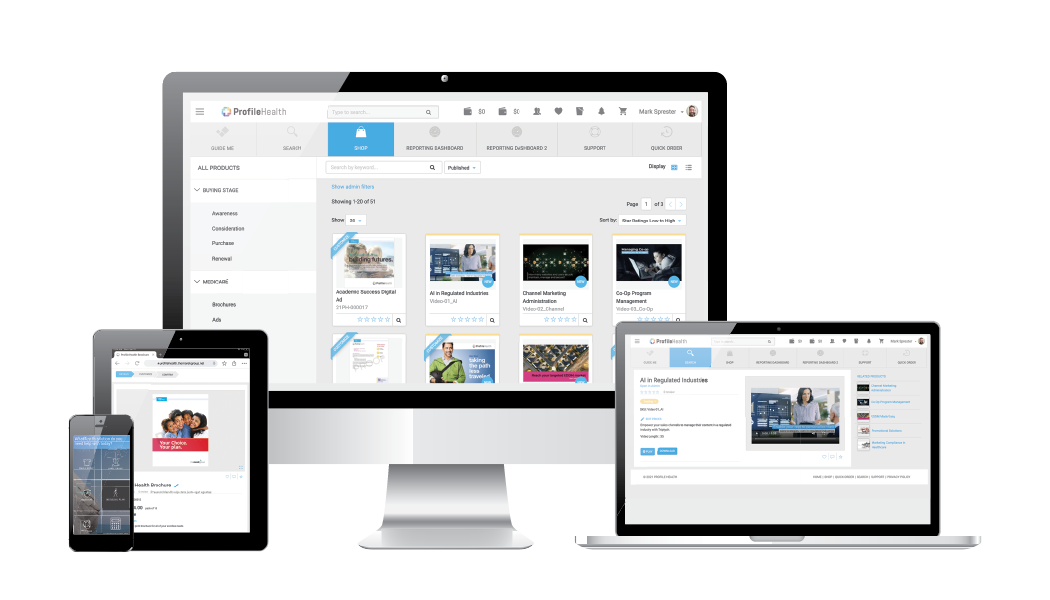3 min read
How omnichannel marketing can level up your customer experience and improve your sales results.
 Jay Thomas
:
January 4, 2019 at 10:09 AM
Jay Thomas
:
January 4, 2019 at 10:09 AM

 Omnichannel. You might have seen this word floating around the business world recently. When a new buzzword emerges, it’s tempting to jump on the bandwagon without asking questions. But, what exactly is omnichannel?
Omnichannel. You might have seen this word floating around the business world recently. When a new buzzword emerges, it’s tempting to jump on the bandwagon without asking questions. But, what exactly is omnichannel?
Omnichannel is a type of cohesive marketing, related to multichannel marketing. Where the multichannel approach focuses on using a variety of channels to reach and sell to consumers, omnichannel’s focus is a streamlined shopping experience.
However a customer decides to shop, be it in the store or via phone, online, or a mobile app, they can fluidly transition to another sales channel without interrupting their experience. Omnichannel marketing aims to provide a cohesive customer experience that lets the customer shop in any way they want.
For your business, it means unified messaging. For the buyer, it’s high-quality service, regardless of what physical or digital channel they’re using. In other words, it's a seamless customer and user experience, with the same message conveyed across every interaction.
The proof of omnichannel marketing will be that the customer’s journey feels uninterrupted. Mobile, in-person, phone, online. They all complement and feed each other.
This sounds pretty straightforward, but it requires the right strategy, energy, and marketing technology solutions to get it right.
Where did omnichannel marketing start?
It wasn't always like this. In the past, companies didn’t give equal priority to all sales avenues. The result? B2B marketing has been slow to embrace the omnichannel approach.
Ingrained sales patterns meant B2B sellers were reluctant to try new channels and new technology. Businesses created separate departments and isolated their new channels. Silos emerged, with mixed messages across channels. Soon, buyers preferred one channel to the other. Switching between channels felt difficult or clunky.
Transitioning from old-school selling to omnichannel has also meant a financial investment. Companies like Best Buy, Disney, and Starbucks had to invest in the various channels needed for an omnichannel experience. Despite the investment cost, the transition let them continue competing in sales. Businesses that refused to get up to date are rapidly becoming obsolete.
Why is this happening? Because the traditional model is no longer acceptable. Modern buyers expect an omnichannel experience. Seventy-three percent of shoppers already use multiple channels during their shopping journey. Buyers jump between channels and multiple devices, and they expect the best experience possible. Omnichannel marketing permits shoppers to shop at the store or elsewhere, and their customer data is accessible to salespeople in all places.
Omni-level customers provide more value and data.
Omnichannel user demands might seem taxing. But they’re also financially valuable. Omnichannel customers buy, on average, up to 10 percent more than single-channel customers.
Digital shoppers are much more comfortable with the world of touch points, tracking, and data collection. Brands collect information to more clearly identify a customer’s needs and wants. For example, Amazon offers recommended products based on the customer’s browsing history. Customers accept this reality and welcome the personalized offerings this practice brings.
For this reason, launching an omnichannel strategy is crucial for higher sales volume. Analyzing the customer data you already have will help you launch a new omnichannel strategy, and as you gather more data, you'll be able to iterate and adjust your channel presence to optimize your results.
What do omnichannel customers want?

But an omnichannel marketing strategy isn’t just about data mining and cash cows. It’s also about understanding your buyers better.
Think about what today’s omnichannel buyer is looking for.
- Personal innovativeness. How creative and original are you and your systems?
- Effort expectancy. How much time and energy will this purchase take?
- Performance expectancy. Will the product/service perform as expected?
In a typical omnichannel journey, a young person hears about you on social media, researches your website, goes to landing pages, comes to your store, and later follows up with a call.
The person likely asks themselves the following questions.
- How innovative did this feel?
- How much time and effort did it take?
- How did the product/service perform compared to my expectations?
This omnichannel perspective reveals the true complexity of your customers’ journey. It can be hard to analyze. But with an overarching view to all your channels, it is possible. If you have a platform to observe how customers engage with your marketing, you have a better chance of improvement.
Put customers first by embracing simplicity.
Improvement should not be gratuitous. Transcending to “omni” should not be your business goal.
Buyers won’t understand jargon like “omni” or “channels” and “touchpoints.” It’s best to focus on what the buyer wants.
Above all, buyers want sympathy and support. They want clear and authentic content. It must meet them where they are. It must present a competitive advantage.
By using omnichannel strategy and technologies, you can further refine the basic selling fundamentals, such as in-person meetings. These are already proven to work. You don't need to reinvent the wheel.
Simplicity is best. Sixty-four percent of buyers are more likely to recommend a brand that delivers simple experiences.
Being simple is one way to remove a barrier between you and the buyer. The more barriers you remove in sales, the better your results will be.
Get real results from an omnichannel outlook.
Omnichannel is here, and companies are enjoying the financial benefits. You can, too.
Triptych is an omnichannel solution. It can help coordinate all your buyer journeys into a well-oiled marketing machine. Easy to use, with real-time business data, Triptych can get your sales team enabled and aligned with marketing.
Schedule a demo to learn more about omnichannel marketing for your business.

User Enhancements Update: Exciting New Features to Elevate Your Experience
We're thrilled to unveil some new features for Triptych that will make your interaction smoother and more enjoyable. These three enhancements -...





